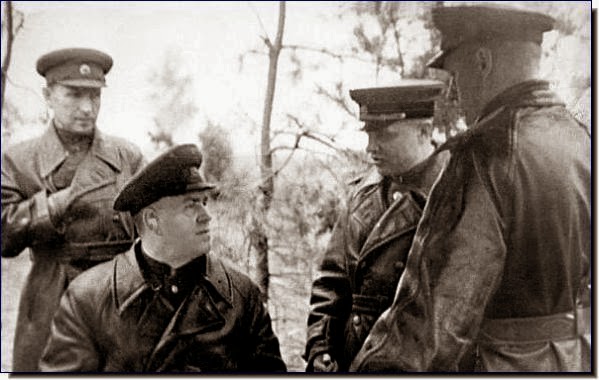Partida Rol por web
Operación "White Fox"
Berlin: British Sector
ORGANIZACIÓN SECRETA:
http://en.m.wikipedia.org/wiki/Ahnenerbe
GUERRA FRÍA:
http://es.wikipedia.org/wiki/Guerra_Fr%C3%ADa
http://en.wikipedia.org/wiki/Operation_Unthinkable
ROSWELL
http://es.wikipedia.org/wiki/Incidente_ovni_de_Ros...
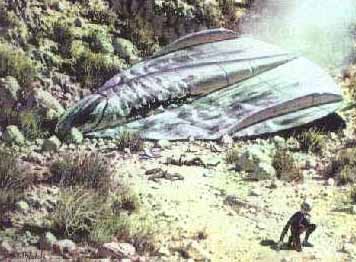
SANGER
http://www.luft46.com/misc/sanger.html
http://en.wikipedia.org/wiki/Silbervogel
KELDYSH BOMBER
http://en.wikipedia.org/wiki/Keldysh_bomber

BASE SECRETA
* noruega: http://en.m.wikipedia.org/wiki/Herdla_(island)
* americana: http://defensetech.org/2012/04/06/inside-the-armys...
* nazi:
http://en.m.wikipedia.org/wiki/Svalbard

dominated by the island Spitsbergen, which constitutes more than half the archipelago, followed by Nordaustlandet and Edgeøya.[1] All settlements are located on Spitsbergen, except the meteorological outposts on Bjørnøya and Hopen
Since Svalbard is located north of the Arctic Circle it experiences both midnight sun in summer and polar night in winter. At 74° north, the midnight sun lasts 99 days and polar night 84 days, while the respective figures at 81° are 141 and 128 days.[7] In Longyearbyen, midnight sun lasts from 20 April until 23 August, and polar night lasts from 26 October to 15 February.[4] In winter, the combination of full moon and reflective snow can give additional light.[7]
Russians have traditionally called the archipelago Grumant (Грумант).[39] The Soviet Union retained the name Spitsbergen (Шпицберген) to support undocumented claims that Russians were the first to discover the island.[40][41] In 1928, Italian explorer Umberto Nobile and the crew of the airship Italia crashed on the icepack off the coast of Foyn Island. The subsequent rescue attempts were covered extensively in the press and Svalbard received short-lived fame as a result.
Abandoned aerial tramway previously used for transporting coal
In 1941 Operation Gauntlet, all Norwegian and Soviet settlements on Svalbard were evacuated,[42] and a German presence was established with a meteorological outpost,[43] although a small Norwegian garrison was kept on Spitsbergen. The German Operation Zitronella took this garrison by force in 1943, and at the same time destroying the settlements at Longyearbyen and Barentsburg.[44] In September 1944, together with the supply ship Karl J. Busch, the submarine U-307 transported the men of Operation Haudegen to Svalbard. Operation Haudegen (i.e. swashbuckler) was the name of a German operation during the Second World War to establish meteorological stations on Svalbard. The station was active from 9 September 1944 to 4 September 1945. It lost radio contact in May 1945, and the soldiers were capable of asking for support only in August 1945. On September 4, 1945 the soldiers were picked up by a Norwegian seal hunting vessel and surrendered to its captain. The group of men were the last German troops to surrender after the Second World War. After the war, the Soviet Union proposed common Norwegian and Soviet administration and military defense of Svalbard. This was rejected in 1947 by Norway, which two years later joined NATO. The Soviet Union retained high civilian activity on Svalbard, in part to ensure that the archipelago was not used by NATO

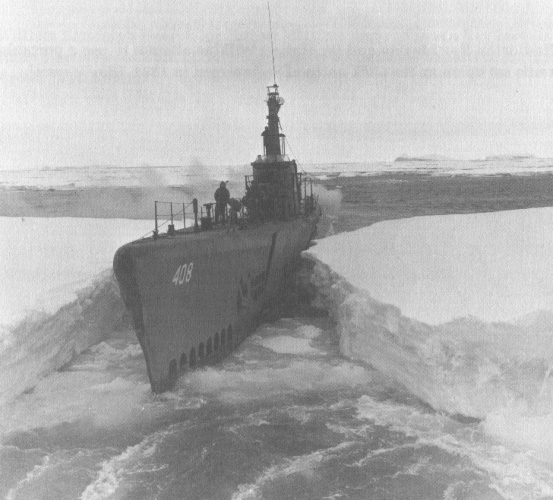

LANZAMIENTO:


BASE ESPACIAL

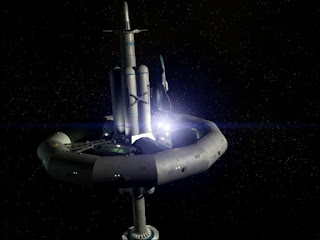
Coronel de inteligencia de la URSS. En la Conferencia de Teherán se intentó poner al régimen stalinista bajo aviso respecto a los colaboradores alienígenas de los nazis. Stalin desechó la idea por absurda. Molotov, sin embargo, sí tomó en serio la cosa, y encargó al coronel de marras investigar el asunto, si bien con discrección.
Estaba con las unidades que tomaron la base aérea de Gandau en Breslau (actual Polonia, por entonces Alemania) a principios de 1945. Presenciaron el despegue del Sanger, y encontraron otro a medio construir así como un simulador,documentación, etc. Los alemanes iban a destruir todo eso, pero falló el mecanismo.
Sin el consentimiento de sus superiores (más bien todo lo contrario), el coronel (ahora ****) contactó en secreto por vías alternativas con Colin Gubbins para hacer frente común contra la amenaza alienígena, pues ya que no se había encontrado a ninguna de ellos durante el avance y ocupación aliadas, eso significa que seguían libres. Asimismo le pidió que mantuviera esto en el máximo de los secretos ya que había un agente soviético infiltrado en el SOE.
Asimismo, tras los cambios en el gobierno (Clement Attlee sucedió a Churchill en 1945), y en vista de que no se encontraron más rastros de ellos, la amenaza alienígena se dió por terminada.
Esto, unido a la inmediata disolución del SOE a principios de 1946, dejaría a Colin Gubbins sin medios para reaccionar. Por ello, aprovechando el pequeño caos momentáneo que traería la disolución del SOE, Colin Gubbins y el coronel montaron una operación conjunta secreta.
http://en.wikipedia.org/wiki/Lisunov_Li-2
http://en.m.wikipedia.org/wiki/List_of_military_ai...
Misiones meteorológicas alemanas en Spitsbergen + bloqueados hielo: p. 484
Orquesta roja = soviéticos infiltrados en alto mando alemán y contratas del ejército. Pp. 168
Ligarlo con lo de "La campana", que ellos han vendido como un arma atómica y en realidad es una fuente de energía para la estación espacial. Meter por el medio lo de la prueba de la bomba atómica aquélla.
OPERACIÓN HAUDEGEN
http://en.wikipedia.org/wiki/Operation_Haudegen
http://www.lasegundaguerra.com/viewtopic.php?f=247...
http://www.exordio.com/1939-1945/militaris/batalla...
http://laescaleradeiakob.blogspot.com.es/2011/05/l...
http://www.taringa.net/posts/info/16783146/Operaci...
Li-2


Aerosans:
- http://en.wikipedia.org/wiki/Aerosani
- http://www.tankograd.com/cms/website.php?id=/en/so...
- http://www.flamesofwar.com/Portals/0/NTForums_Atta...
- NKL-26:
- NKL-16:
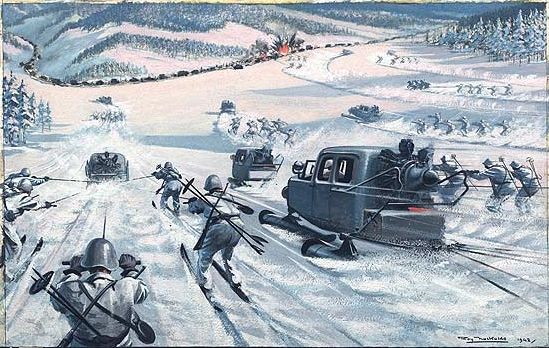
KRITIAS KOMITEE (1946)
Indumentaria:






